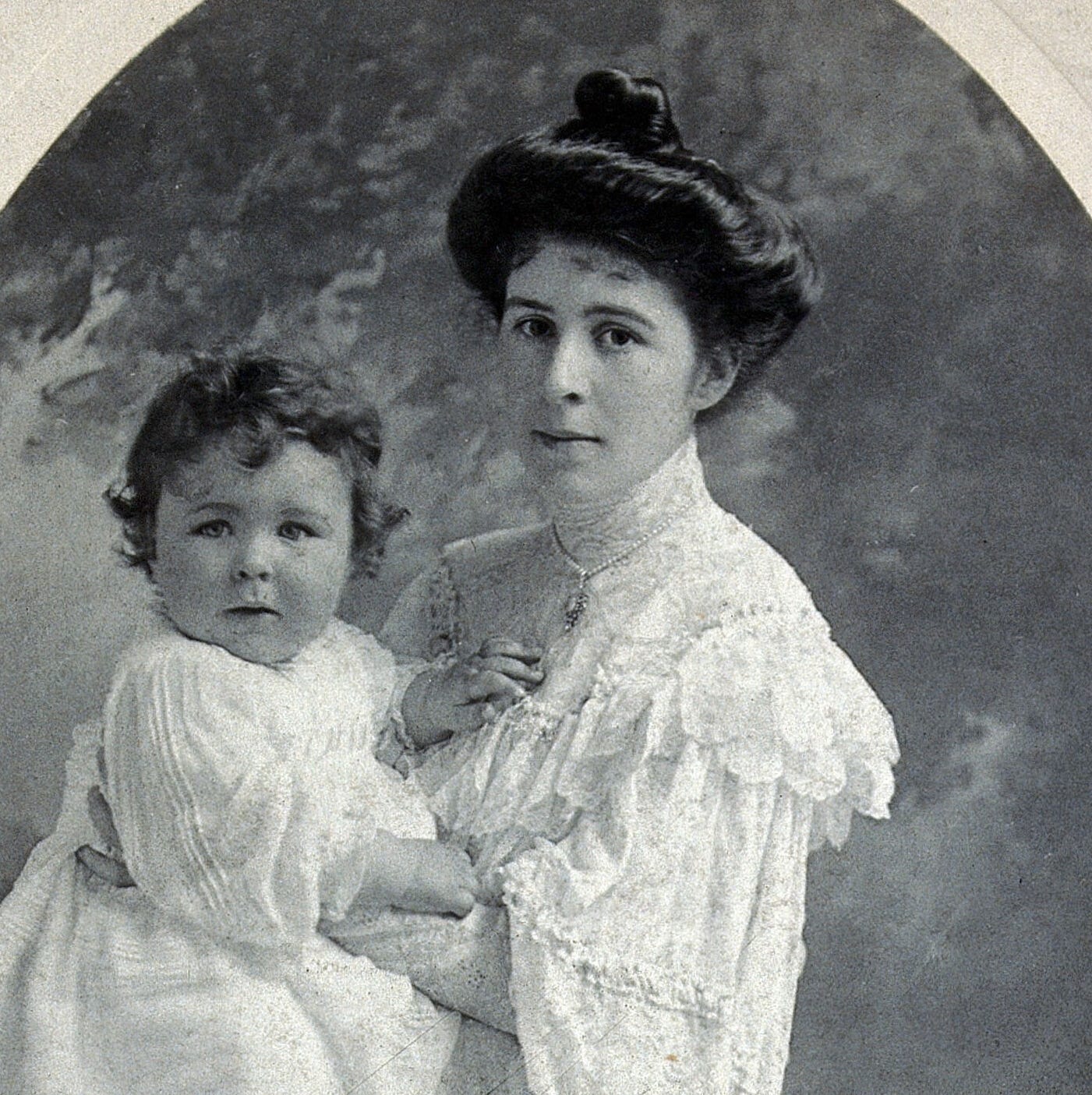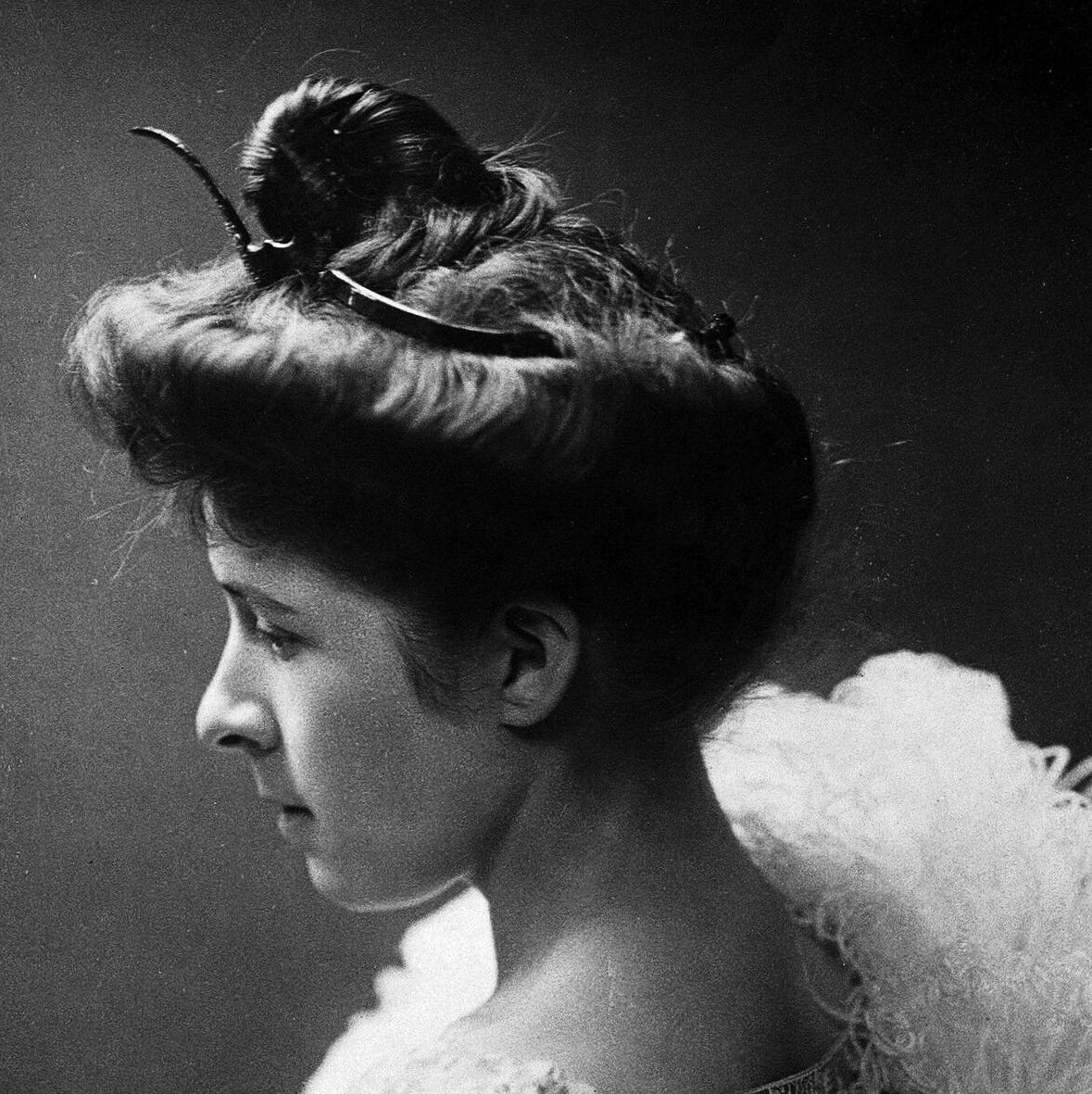How to Research a Historical Era Using Quick-Access Sources (Even if You’re Short on Time)
Researching a historical period can feel overwhelming, especially with tight deadlines. Read this ultimative guide, written by a historical consultant.
Whether you’re an actor trying to understand the subtleties of a character from a specific time, a filmmaker looking to recreate an authentic setting or a novelist aiming to depict a particular period — you need access to quality information quickly. The good news? With the right strategy, you can dive into an era efficiently without compromising the depth of your work. Here’s how.
Table of Contents
1. The Importance of Defining Your Focus
2. Leveraging Primary and Secondary Sources 👀👀
3. Using Online Databases and Digital Libraries
4. Harnessing the Power of Documentaries (and Radio!)
5. Academic Journals and Articles: Digging Deeeeeeep into a Topic
6. Crowdsourcing Expertise: Historians and Enthusiast Communities
7. Historical Timelines and Infographics
8. Stay On Track with a Research Strategy 💪
9. What To Do Next
Why should you read this and who's the brain behind this resource? Hi👋 it's Dr. Barbara, a historian who grew up in Germany. And yes, I'm very very structured. I also love exploring digital historical sources. Every week, I sift through hundreds of databases, image collections and other sources from the past... then I select the best. My German brain structures everything automatically. Here, I'd like to share what I've learned from consulting on 130 historical novels, films and biopics.
1. The Importance of Defining Your Focus
Whenever I talk to authors, screenwriters or actors, this happens: The historical information mushrooms and explodes into a VAST amount. And that amount scares them. It seems like there's always another piece of information they need to consume... So I spoon-feed my research clients with only selected materials. I constantly ask myself: What is the right amount of information they need right now? What is too much? And what will just confuse them?
Having been through the creative process myself (I've written and ghostwritten over 20 books/scripts), I am familiar with the problem. My own dissertation mushroomed from an estimated 400 to 700 pages...and that was FAR too many pages. By far. But what can you do to avoid getting sidetracked?
The first step in any historical research, especially when time is tight, is to clearly define your focus.
Researching a broad period—say, “the Victorian Era”—can quickly become an unmanageable task. Instead, narrow down your inquiry by asking:
What specific aspect of the era do I need? (e.g., clothing, political climate, daily life, architecture, etc.)
Who are the central figures or demographics involved? (e.g., middle-class families, soldiers, women’s roles, etc.)
Where does the action take place? (e.g., urban London, rural England, specific regions)
When exactly within the era? (e.g., early Victorian vs. late Victorian)
And what are you trying to convey with your story?
Once your focus is clear, it becomes much easier to target sources and extract the information you need without getting lost in irrelevant details.
2. Leveraging Primary and Secondary Sources
Primary Sources
Primary sources are direct accounts from the historical era in question—letters, diaries, government documents, images and photographs or artifacts. While these can be time-consuming to sift through, digitised collections have made this task easier.
Quick-access digital archives like the Digital Public Library of America (DPLA), National Archives or the British Library can provide a wealth of authentic materials.
For quick reference, letters and personal diaries often capture everyday life and are useful if you’re looking for human details that bring your characters to life.
Newspaper archives can give you real-time coverage of historical events, so that you can know what they actually knew at the time.
Secondary Sources
Secondary sources—these are scholarly books and articles—interpret historical events and provide context.
They save time by distilling complex information. Utilise these to get a synthesised view of your chosen time period. If possible, select general overviews or *reliable encyclopedias to start, then narrow down as needed.
Google Books is a great starting point for finding secondary sources quickly.
For more practical summaries, popular history books can offer insights without the heavy academic jargon.
Children’s and teen books—yes, bear with me!—often offer a well-researched overview about “life in Medieval towns” etc. Browse online bookstores, your local bookshops and even your local libraries in the “History for Children” section.
3. Using Online Databases and Digital Libraries
General History Databases
There are several digital libraries and databases that house vast amounts of historical content, both primary and secondary:
JSTOR: Offers a wide variety of academic journal articles on nearly every era and topic. It’s a paid database, but you can ask your local library (or a university library) if they can get you free access. Then, login into the databas via the button “Have library access? Login here.“
Europeana: Focuses on European history, featuring millions of books, artworks and even audiovisual materials. It procures a wealth of information, and it’s easy to use. You can open an account, save your findings and even create collections.
Library of Congress Digital Collections: Ideal for U.S. history, featuring everything from political documents to personal correspondence.
These are only 3 options to start with... But if you are interested, please click on the button below. I will then send you articles and compilations of interesting historical databases.
Specialised Databases
Fashion: If you’re interested in historical clothing, the Victoria and Albert Museum and the Costume Institute at the Metropolitan Museum of Art offer fantastic digital archives. Browse their websites, and enjoy. I always get lost in all this beauty from the past.
Architecture: The Historic American Buildings Survey (HABS) contains drawings and photographs of historical buildings in the U.S., and the Royal Institute of British Architects provides resources for European architecture.
Military History: For war-related content, Fold3 and The Avalon Project contain military records and treaties from various periods.
Again, if you are interested in any other special topics from the past, please don't hesitate to get in touch with me and we can find the right material for your story.
Tip for Time Efficiency: Save time by setting up accounts in these databases and bookmarking specific resources that align with your focus areas. Most allow you to create collections or reading lists for quick reference.
4. Harnessing the Power of Documentaries (and also: Radio!)
When time is short, audio-visual resources are invaluable. Documentaries and even well-researched historical dramas can provide a visual and narrative understanding of an era, making them excellent for immersion when you can’t spend hours reading.
PBS Documentaries and BBC History Documentaries are reliable sources. They often feature experts in the field and archival footage.
Tip: Do NOT watch films at the beginning of your research! The visual images and elaborate storylines will be SO STRONG that you will not be able to digest much other more complex information... Start with another source to avoid hasty judgments that may even lead to false conclusions.
Streaming platforms offer historical films and series that—while highly dramatised—can give a general sense of mood, atmosphere and key events. Again, avoid watching these first, as the images will become fixed in your brain. Always start with primary sources first!
YouTube channels like Timeline or The Great War (for WWI) can offer bite-sized content that can help you understand the era. Another example? The fabulous make-up artist Erin Parsons creates an ongoing YouTube series on historical make-up, vintage lipsticks and beauty standards in the past. Try to find other niche YouTube videos on your topic/era. Look for video series that are hosted by history experts, archivists or museum curators.
Radio documentaries tend to be well researched and fact-checked. They also use many original voices from the past. Google “your topic + radio documentary”. Try to find these hidden gems.
Tip: When using films and documentaries, be sure to double-check the details. These formats often take creative liberties with storytelling. They sometimes shorten or oversimplify facts, so that they fit into a 90-minute film... For older films and documentaries, also check to see if there's been new research since the film was made.
5. Academic Journals and Articles: Digging Deeeeeeep into a Topic
Academic journals often contain cutting-edge research, providing deep dives into specific aspects of history. However, reading full journal articles can be time-consuming and confusing, so here’s how to speed up the process.
Use abstracts and introductions to get the gist of the research.
Skim for Tables of contents, keywords and subheadings that match your focus. Utilise the search bar to find keywords.
Use Google Scholar alerts for new articles on your topic. This will give you a filtered list of relevant publications that are brand new.
If you need a specific source quickly, consider platforms like Academia.edu or ResearchGate, where scholars share their work openly. Sometimes, you can message the author directly for access to a specific paper. In other cases, you can download the PDF for free, or buy an article for a fee. (You need to create an account first.)
6. Crowdsourcing Expertise: Historians and Enthusiast Communities
The internet has made connecting with experts faster than ever. If you haven’t contacted a famous Dutch professor for Maritime History on Twitter and even got an answer in under 5 mins, you haven’t lived! Conversations like this have saved me a trip to the Amsterdam archives, in this case. Often, scholars on Twitter and Mastodon are super helpful and share their knowledge freely. If they can’t help you, they might tag another colleague.
Online Forums and Groups
Reddit has several history-focused subreddits like r/AskHistorians, where verified historians respond to detailed questions.
As mentioned, on Twitter/X, historians often post threads on niche topics that can give you a quick crash course. They also publish book tips and mention upcoming books with brand-new research results that you can then pre-order. Search for the hashtag #twitterstorians to find experts who still actively share their knowledge on this particular platform.
Sometimes it's easiest to email a local historical society with your question. Often, volunteers will be happy to point you in the right direction, put you in touch with an eyewitness, send you a brochure, or set up a phone or Zoom interview.
Always check the answers for accuracy.
And don't forget to thank the people who took the time and trouble to answer your question. :)
Hiring Experts
If you’re pressed for time and can’t afford a deep dive into academic resources or Twitter conversations, let me help you get you in touch with the right experts (or eye witnesses).
When precision matters, hiring a historian or research consultant can save time and ensure accuracy. By outsourcing the research, you can focus on applying the information to your project. This means: More time to write, or more time to actually prepare your role.
7. Historical Timelines and Infographics
Visual learners benefit greatly from timelines and infographics, which distill complex events into easy-to-follow sequences. These can help you quickly grasp the chronology of events, key figures, and sociopolitical changes.
Key Tools
Preceden: A tool for building and accessing detailed timelines across various subjects, including history.
History Today’s timelines: Great for exploring interconnected historical events.
From past experience with my research clients, I always ask: Are you a visual learner? Because often a great visual or graphic can help people understand trends and historical processes much, much faster.
Many online history websites, including Wikipedia, have summarised timelines and event charts, which are particularly useful for getting a clear view of major events in a given period. Infographics also cover topics like fashion through the centuries, military history or cultural shifts, and they often present information visually, which can be easier to digest.
Again, great graphics that explain the past at a glance can be found in children's books or (European) school textbooks.
8. Stay On Track with a Research Strategy
If you're pressed for time and need to speed up your research, a written strategy can save you time and energy.
As a historical consultant, I have always thought that providing the historical texts, audios, films, images and maps was the most important step.
It is not.
When I started creating customised research strategy plans for the creative people I worked with, something changed.
It stopped them feeling endlessly overwhelmed.
It helped them stay on track.
It helped them save time.
Together, we define the key aspects of the historical period relevant to this particular script, book or film.
I will only provide them with hand-selected sources that are specific to their needs, saving them hours of time sifting through irrelevant material.
We discuss which primary and secondary sources they really need? (And what is too much?)
We also write down which digital databases they want to search themselves (and for how long)?
We clarify which further historical details they need, so they can avoid common pitfalls and inaccuracies in their portrayal of the period.
The results are clear. A detailed, concise research strategy can keep you on track. It helps you not to stray from your chosen time frame and topic. It keeps you accountable. And it could potentially cut your research time in half — allowing you to focus on storytelling while ensuring historical accuracy. If you're interested, read more here.
Take some time to write down these aspects.
Put the list where you can see it.
Tick off what you've already researched. ✅
Check if you're still on track, or if you're deviating to other sources/topics, etc. Be honest: are you on track?
I know, I know: Research is fun. But at some point in your creative process you need to STOP. You need to assemble and conquer. You need to start writing or preparing your performance.
9. What To Do Next
Researching a historical era—even when time is limited—is entirely possible with the right strategy and resources. Define your focus, use quick-access digital archives, utilise video and audio resources that you find online, and seek expert help when needed. Then you can ensure that your project is both historically accurate and compelling. Phew, this article got longer than estimated… Now it’s your turn.
Don't just bookmark this article! Take action instead.
This comprehensive guide gives you the tools to research efficiently, but the depth of your research is still up to you. Delve in. Delve in deep. Utilise the various sources at your fingertips.
Now, choose 3 sources mentioned in the article, and browse them with the questions I mentioned in #1. Just three.
Don’t get lost. Set a timer, and wrap up your research after 30 mins or 1 hour.
If you’re still feeling overwhelmed, consider streamlining your process further by booking a strategy session with me or another research expert. We can guide you through the entire process. We can hold you accountable. We can also stop you from over-preparing.
Remember: Keep researching until you feel you have enough information — just enough.
Research until you feel confident that you can play this person, or write about this person from the past.
Their story needs to be told.
And you're the right person to tell it.
Cheers from my sunny house in the vineyards,
Barbara
Dr. Barbara | Historical Consultant
Learn how to develop characters with the detail and depth that history deserves. Subscribe to TenMinuteTimeTravel, the email series curated by an expert historical consultant and researcher behind more than 130 books, screenplays and films. Or get the email course The Memory Scar, where you learn how to pull emotion from a 1944 photo. Sign up here.
All images: Syrie Wellcome, CC0 | Wellcome Library London





